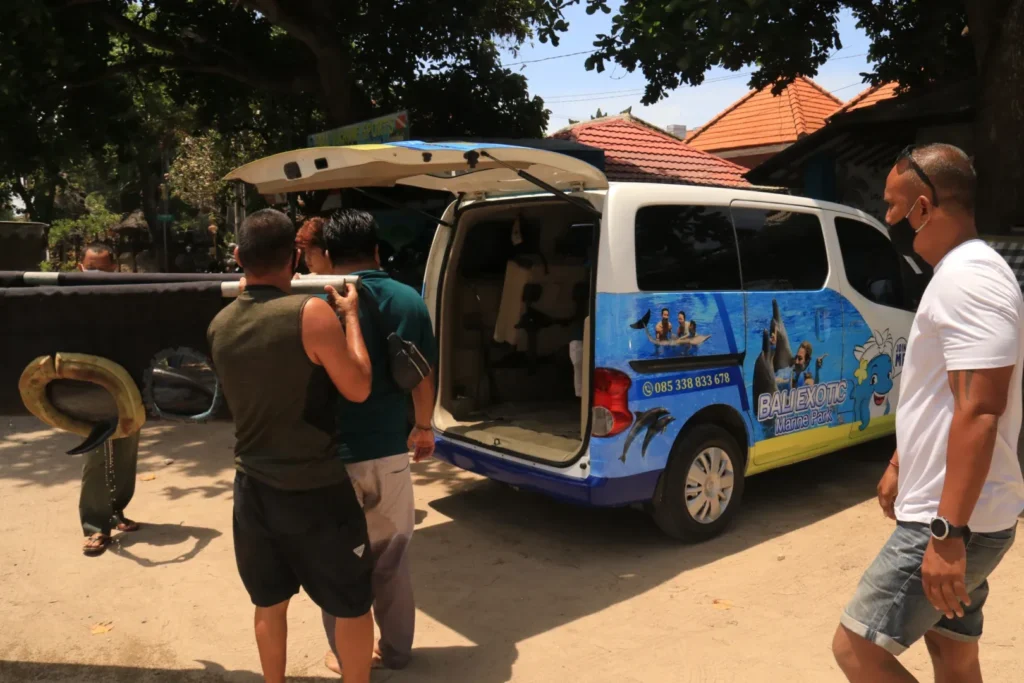Dolphin Life Cycle and How They Reproduce
“Dolphin Life Cycle” Dolphins are fascinating and incredibly intelligent animals whose lives are filled with fascinating events that are made possible by their reproductive process. Dolphins are mammals, meaning they give birth to live young and do not lay eggs like many other marine animals do.
They have different characteristics, such as long periods of maternal care and a mating process that is thought to be for pleasure and procreation. In this article we will focus on the life cycle of dolphins and specifically how they reproduce.
Dolphin Life Cycle
Dolphins have a similar life cycle to humans. They are born, grow, develop, reproduce, and age. The life expectancy of dolphins varies depending on the species, but is usually between 20 and 50 years. Larger dolphins, such as the long-finned dolphin, can live up to 60 years.
A newborn dolphin is called a calf. It is about 1 meter long at birth and is breastfed. Yes, dolphins are marine mammals, therefore mother dolphins have mammary glands that produce milk for their babies.
Sexual Maturity And Mating
Like other mammals, dolphins must reach sexual maturity before they can reproduce. Males generally reach sexual maturity between 11 and 13 years of age, and females reach it a little earlier, between 5 and 10 years of age depending on the species.
Mating can occur at any time of the year, but some species have specific mating seasons. Males compete for females, displaying aggressive and defensive behavior. Sometimes, males work in a line to separate females from their group, a tactic called “mugging.”
Pregnancy and Birth
After successful mating, the female will go through a gestation period that can last between 9 and 17 months depending on the species. During this period, the fetus will develop inside the mother’s body.
The birth of a dolphin This is an interesting event. Dolphins give birth to their babies tail first, which is unusual for mammals, but is important for the survival of their offspring because it prevents them from drowning at birth.
Caring for Baby Dolphins
A baby dolphin is usually cared for by its mother for the first three to six years of its life, depending on the species. During this critical time, the mother teaches her calf all the skills it needs to survive at sea.
This mother-pup bond is the most enduring and important fragment of the dolphin pup’s Life Cycle. The calf will learn everything about feeding and navigation, as well as valuable navigation skills.
Dolphin Species and Their Life Cycle Differences
There are several types of dolphins in the world, each with different factors that affect their Life Cycle. Bottlenose dolphins, for example, have a shorter lifespan than bottlenose dolphins.
- Bottlenose Dolphins: Bottlenose dolphins live up to 60 years, have a gestation period of 12 months and a lactation period of up to two years.
- Bottlenose Dolphins: Bottlenose dolphins have a life expectancy of 20 years, a gestation period of around 11 months, and a lactation period of one year.
- Orcas: Orcas are said to be one of the longest-lived dolphin species, able to live up to 80 years, a gestation period of 17 months and a lactation period of up to two years.
The fascinating life of dolphins, from their Life Cycle to their mating behavior, is a testament to the amazing ability and beauty of nature. By understanding how these animals live and reproduce, we can better understand their need for protection and preservation.
Conclusion
From the details above, it can be concluded that dolphins have a truly unique and complex way of reproducing. With their intelligence and higher social life, dolphins are able to take various steps to ensure the survival of their species. In the breeding process, female dolphins choose their partners carefully, provide good protection and care for their offspring, and ensure that their offspring get enough education to live independently in the ocean.
Thus, the uniqueness of the dolphin reproduction process is one of the interesting events in the world of marine life. There is protection and preservation of dolphin species as an important point to be implemented, to ensure the survival of this truly special species in marine areas that are increasingly vulnerable due to climate change and human activities.
One of them is in Bali Exotic Marine Park as a place of protection, conservation and education of the dolphin life cycle that dolphin lovers can want to know directly. Here you also Bali Exotic Marine Park is the best place for Bali dolphin watching in Indonesia. That way you can contact us directly to get further information.
